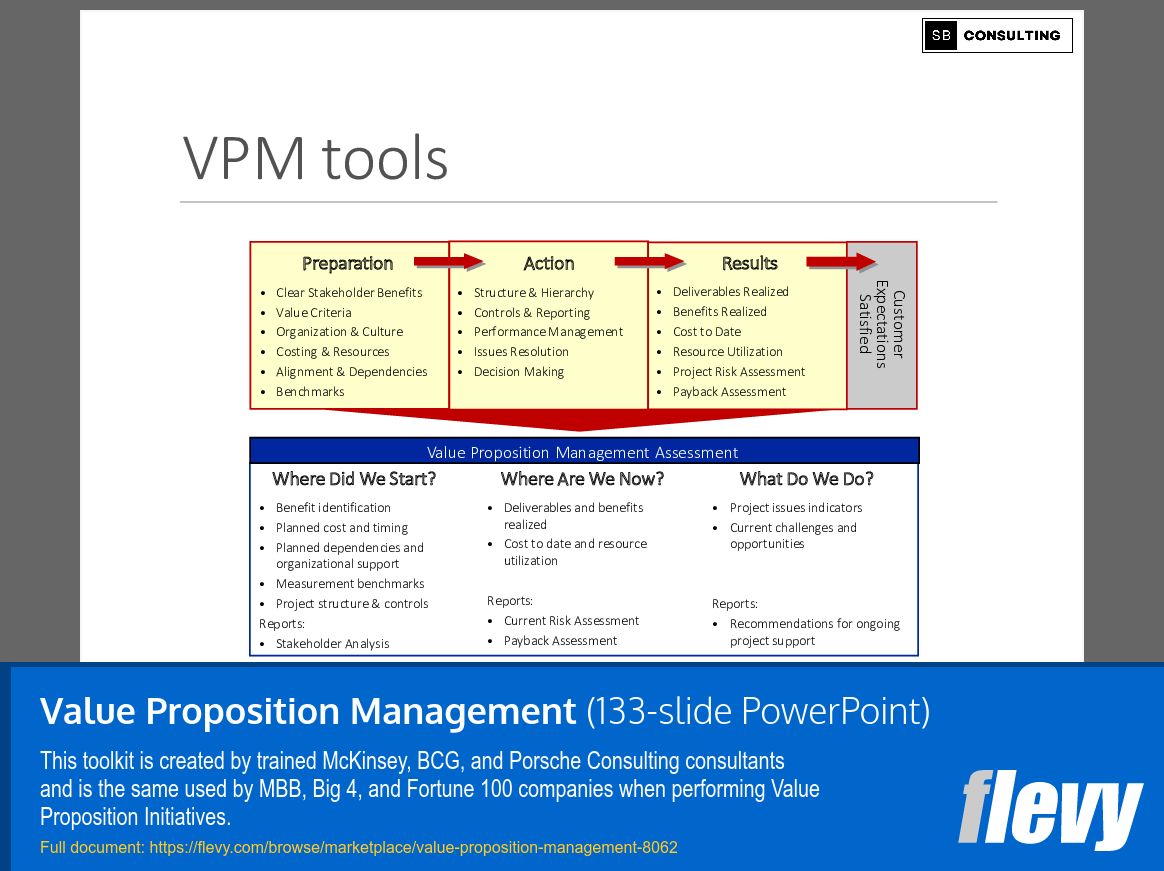Brookfield's Approach To Opportunistic Investments In A Dislocated Market

Table of Contents
Identifying Distressed Assets and Undervalued Opportunities
Brookfield's success stems from its deep expertise in identifying undervalued assets across a diverse range of sectors. From real estate and infrastructure to renewable power and private equity, their teams possess an unparalleled understanding of market cycles and the ability to pinpoint distressed assets poised for significant appreciation. Their due diligence process is rigorous, employing a multi-layered approach to risk assessment.
This process involves:
- Deep market research and analysis: Brookfield's analysts conduct extensive research, examining market trends, economic indicators, and industry-specific data to identify potential investment opportunities.
- Leveraging proprietary data and analytics: They utilize sophisticated analytical tools and proprietary data to gain a deeper understanding of asset valuations and potential risks.
- Strong relationships with industry experts: Brookfield maintains close relationships with industry experts, providing them with valuable insights and access to off-market deals.
- Focus on fundamental value rather than market sentiment: They prioritize fundamental analysis, focusing on the intrinsic value of an asset rather than short-term market fluctuations. This long-term perspective is crucial in a dislocated market.
- Examples of successful past investments in distressed markets: Brookfield's history is replete with examples of successful investments made during periods of market downturn. These successes demonstrate their ability to identify and capitalize on opportunities that others may overlook. For instance, their investments in distressed real estate portfolios during the 2008 financial crisis yielded substantial returns.
Brookfield's Strategic Advantages in a Dislocated Market
Brookfield's success in navigating dislocated markets isn't solely due to their asset identification skills. Several key strategic advantages set them apart:
- Long-term investment horizon and patient capital approach: Brookfield’s long-term perspective allows them to weather short-term market volatility and focus on the long-term value creation potential of their investments. This patient capital approach is a significant differentiator.
- Operational expertise and value-add capabilities: Brookfield doesn't just buy assets; they actively manage and improve them. Their operational expertise allows them to add value through operational improvements, cost reductions, and strategic repositioning, enhancing returns significantly.
- Access to diverse capital sources and financial strength: Brookfield’s strong balance sheet and access to diverse capital sources provide them with the financial flexibility to take advantage of opportunistic investments when others may be constrained.
- Global reach and diversified portfolio: Their global reach and diversified portfolio across various asset classes reduce overall risk and provide stability during periods of market uncertainty. This diversification strategy is key to mitigating risk in a dislocated market.
Specific Examples of Brookfield's Opportunistic Investments
While specific details of individual transactions are often confidential, Brookfield's public disclosures and reports provide glimpses into their success. For example, their investments in renewable energy infrastructure during periods of low energy prices have yielded strong returns as the market shifted towards cleaner energy sources. Similarly, their strategic acquisitions of distressed real estate portfolios following economic downturns have demonstrated their ability to capitalize on market dislocations. Each investment strategy employed a unique approach tailored to the specific market conditions and the asset's unique characteristics. While precise financial figures might not always be publicly available due to confidentiality agreements, the overarching success is evident in their consistent performance. For detailed case studies, one should refer to Brookfield's investor relations materials.
Risk Management and Mitigation Strategies
Brookfield's approach to opportunistic investing is underpinned by a robust risk management framework. They employ several strategies to mitigate the risks inherent in investing in volatile markets:
- Diversification across asset classes and geographies: This diversified approach spreads risk across various sectors and geographical regions, reducing the impact of any single market downturn.
- Stress testing and scenario analysis: Before making an investment, they conduct thorough stress tests and scenario analyses to assess the potential impact of various market conditions on the asset's value.
- Robust due diligence and risk assessment: Their rigorous due diligence process and comprehensive risk assessment methodologies identify and mitigate potential risks.
- Experienced management team with a proven track record: Brookfield's experienced management team possesses a proven track record of successfully navigating challenging market environments.
Conclusion: Harnessing Opportunities in a Dislocated Market with Brookfield's Approach
Brookfield's success in opportunistic investing is a testament to their long-term perspective, operational expertise, and robust risk management framework. Their ability to identify undervalued assets in dislocated markets, coupled with their strategic advantages and experienced management team, positions them uniquely to capitalize on opportunities that others may miss. The potential for significant returns through carefully selected opportunistic investments is considerable, but it requires the expertise and resources that Brookfield brings to the table. To learn more about Brookfield's investment strategies and explore potential partnership opportunities for opportunistic investments in a dislocated market, please visit [link to Brookfield resources].

Featured Posts
-
 Oklahoma City Thunder Vs Memphis Grizzlies A Crucial Matchup
May 08, 2025
Oklahoma City Thunder Vs Memphis Grizzlies A Crucial Matchup
May 08, 2025 -
 Understanding The Value Proposition Of Middle Management
May 08, 2025
Understanding The Value Proposition Of Middle Management
May 08, 2025 -
 Aktuelle Lotto 6aus49 Ergebnisse Mittwoch 9 4 2025
May 08, 2025
Aktuelle Lotto 6aus49 Ergebnisse Mittwoch 9 4 2025
May 08, 2025 -
 Psg Rezultati Minimal Pas Pjeses Se Pare Cfare Ndodhi
May 08, 2025
Psg Rezultati Minimal Pas Pjeses Se Pare Cfare Ndodhi
May 08, 2025 -
 5 0 355 Nl 3
May 08, 2025
5 0 355 Nl 3
May 08, 2025
